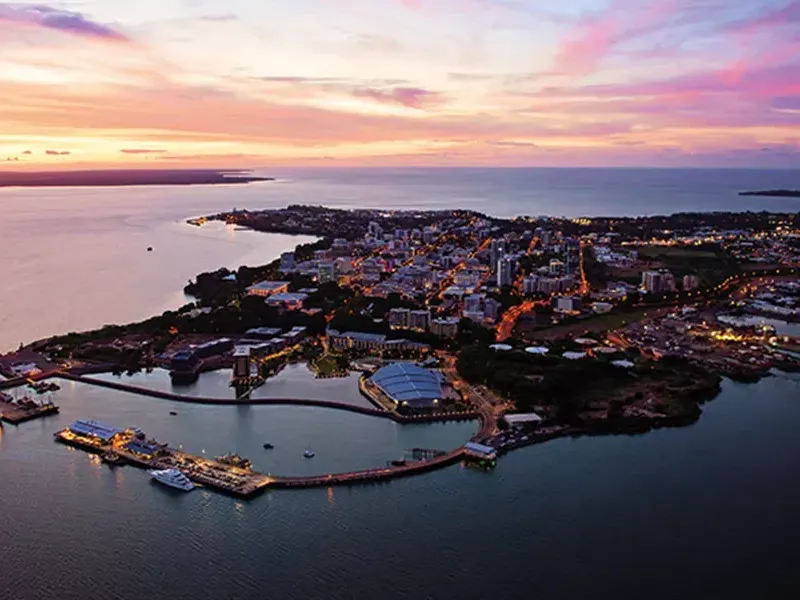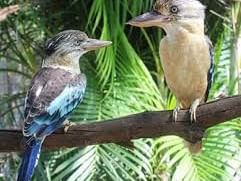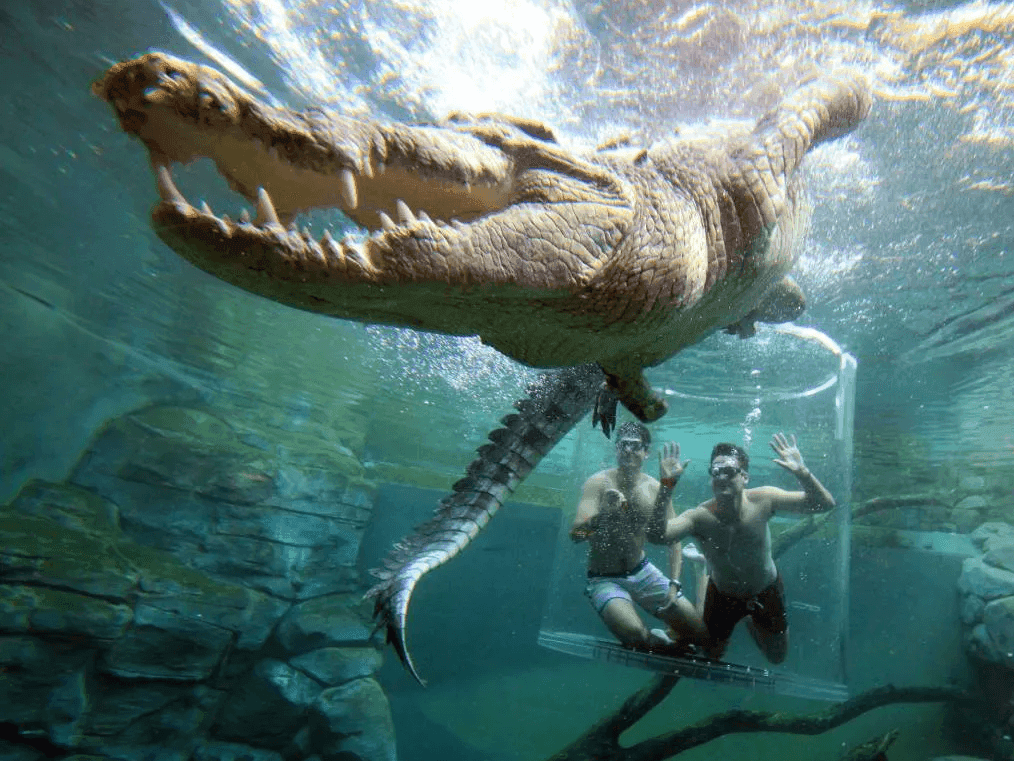A short history of Darwin
Indigenous History
Before European settlement, the area around Darwin was inhabited by various Aboriginal groups for thousands of years. These groups, including the Larrakia people, were the traditional custodians of the land. The Larrakia lived off the land's resources, including fish, wildlife, and plants, and had a deep spiritual connection to the land and sea.
Early European Exploration
European interest in the area began in the early 19th century. In 1839, British explorer John Lort Stokes aboard the HMS Beagle charted the coastline of the Northern Territory. However, it wasn't until 1869 that the British established a settlement in the region.
Settlement and Growth
Darwin was officially founded as Palmerston in 1869, named after British Prime Minister Lord Palmerston. It was established as a port town to serve as a base for the development of the Northern Territory, which was then part of South Australia. The town was renamed Darwin in 1911 in honor of Charles Darwin, the famous naturalist who had visited the area on his voyage aboard the HMS Beagle.
Strategic Military Importance
During World War II, Darwin's location made it strategically important, and the city became a key target for Japanese forces. On February 19, 1942, Darwin was bombed in one of the largest single attacks on Australia during the war, with the city experiencing frequent air raids over the following months. These bombings caused significant damage and loss of life. The city's military importance continued throughout the war and contributed to its post-war growth.
Post-War Development
Following the war, Darwin began to rebuild, and in the 1950s and 1960s, the city experienced significant growth. Infrastructure, such as roads, airports, and public services, was developed, and Darwin became a key economic center in the region, with industries like agriculture, mining, and oil.
Cyclone Tracy
One of the defining events in Darwin's modern history was Cyclone Tracy, which struck the city on Christmas Eve 1974. The cyclone caused widespread destruction, with around 70% of Darwin's buildings either destroyed or severely damaged. The disaster led to a massive reconstruction effort, and the city was rebuilt with a focus on more cyclone-resistant building - point of interest our motel the Poinciana was one of the few buildings to survive the cyclone.
Modern Darwin
Today, Darwin is a vibrant, multicultural city with a unique blend of indigenous and modern Australian cultures. The city has grown significantly, with a population of over 150,000 people, and continues to play an important role in the Northern Territory’s economy, particularly through tourism, energy production, and defense. Darwin is also known for its tropical climate, natural beauty, and proximity to Southeast Asia, making it an important gateway to the region.
The city's history is reflected in its museums, galleries, and cultural events, which celebrate both its indigenous heritage and its colonial past.



